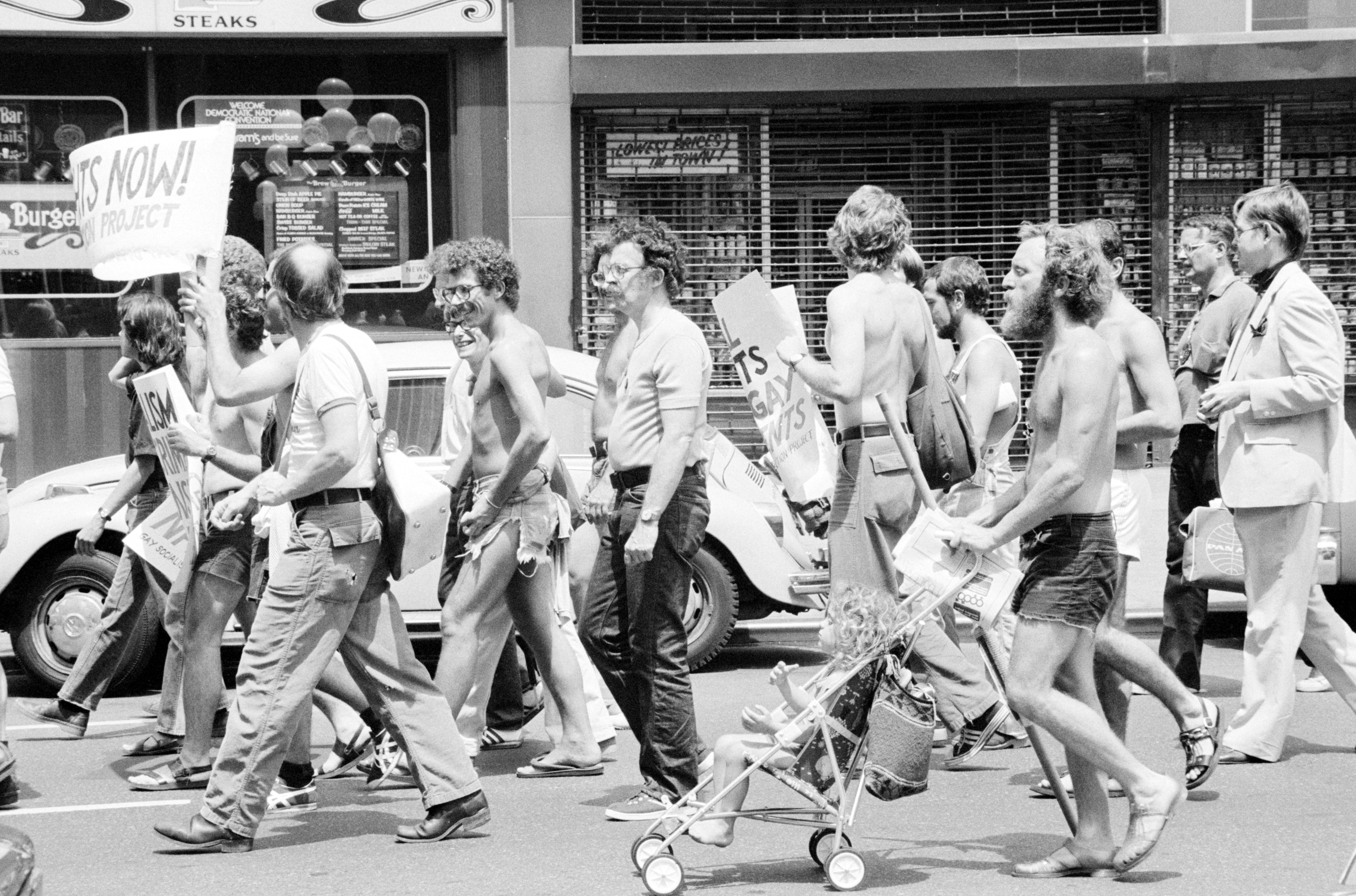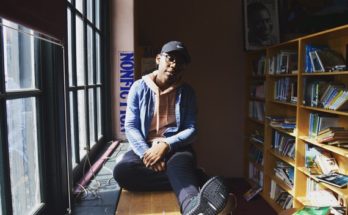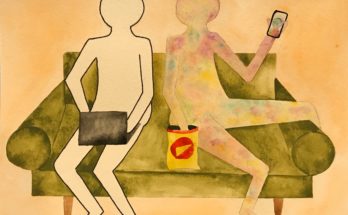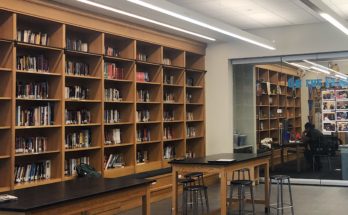
Three years after California made teaching LGBT history in schools mandatory, a group of New York City teachers is trying to think of alternative ways to get more of that history taught in classrooms.
Daniel Hurewitz, a history professor at Hunter College, is at the center of the growing group of educators who teach or want to teach about LGBT people’s contributions to history. The group formed in 2012 and now meets monthly to share lesson plans and what works in the classroom. Two years ago, Hurewitz was talking with a friend who said he was interested in teaching his high school students about LGBT history but didn’t know the material well enough to do so. Hurewitz realized he not only knew the material (he teaches LGBT history at Hunter) but also could find lots of other teachers willing to learn it.
Hurewitz first approached teachers in the New York Performance Standards Consortium, a group of public high schools that uses alternative assessments instead of standardized tests to measure student performance. Because these schools don’t administer the Regents exams, he had heard that teachers were freer to experiment with curriculum because they weren’t confined to teaching only material that could appear on the test. After two years of lesson planning and getting the word out via email, Hurewitz launched a five-session seminar in February called “Teaching the LGBT in US History.” The class is free (though students are encouraged to make a $20 donation to the Center for Lesbian Gay Studies at CUNY) and meets on Wednesdays until the end of April.
Openly gay himself, Hurewitz wants his two sons (one is seven, the other 11 months old) to grow up in a world in which the lives and rights of LGBT people are reflected in school curricula. He had also felt deeply affected by events such as the death of Tyler Clementi, a gay Rutgers University student who committed suicide in 2010 after his college roommate surreptitiously filmed him kissing another man. Hurewitz felt this could be his small way of helping make a school a more inclusive place for youth who identify as LGBT.
“On a personal level, it’s rewarding to see the idea come to fruition,” Hurewitz said while sitting in his light-filled office on the Upper East Side. “The revelation for me has been, from my nerdy corner as history prof, I can have an impact on how queer kids and their friends are experiencing growing up.”
In the first of five classes, he explained, teachers discussed some of the initial barriers to getting LGBT history into school lessons. There were people like Hurewitz’s friend, who said they were ready to teach new lessons but needed to learn what they would be teaching first. Others said conversations having anything to do with sexuality were difficult to introduce and could sometimes draw hateful opinions from students. Some teachers were afraid of managing such unwieldy discussions. Others still, who themselves identify as queer, said that by bringing LGBT-related material into the class, they felt they were bringing themselves also into the spotlight. A gay teacher, whether she comes out as such to her students or not, might feel his or her identity was being attacked by a student who has been raised to be prejudiced.
What came of that hour-long discussion, Hurewitz recalled, was that even though all of these fears felt real, there were also strategies the group could agree on for managing difficult conversations. The group also concluded that similarities exist between talking about sexuality and talking about other sensitive topics, such as race. They spent the second half of the first class talking history. They spoke about the prominent social worker Jane Addams and her female partnerships as a part of the 19th century progressive movement. They also touched on westward expansion – a time when, Hurewitz said, men built loving relationships with each other.
Into the National Narrative
In a paper published in the journal The Social Studies, authors Brian Maguth and Nathan Taylor argue that by working LGBTQ (the “q” stands for queer or questioning) topics into their curriculums, teachers can begin to break down myths about LGBTQ people and their history. “This not only gives a more truthful account of history but also provides a more hospitable educational environment for LGBTQ students,” the authors wrote.
In 2011, California became the first state to pass a controversial bill ensuring that public schools teach the contributions of LGBT people in social studies classes. The law, officially the Fair, Accurate, Inclusive, and Respectful Education Act (but known as the FAIR Education Act or SB48) mandates that gay, bisexual and transgender people are included in textbooks and other classroom materials. The law was supposed to be implemented in January 2012, but due to budget restraints, textbook revisions didn’t happen immediately. This fall, the Los Angeles United School District was the first to announce a new inclusive curriculum that includes LGBT history from 1940 onwards in high school history classes. The Los Angeles Times reported in October that lessons about a 1967 raid on the Black Cat Tavern as well as protests and other events would be included. The new curriculum should take effect next year.
LGBT History in New York City Schools
Last year, City Council member Daniel Dromm, (now Education Committee Chair) drafted similar legislation that would bring LGBT figures into city classrooms. It did not pass, but he told the Queens Chronicle in February that he hopes to try again. On Feb. 25, Dromm organized a hearing for students, teachers and activists to discuss how LGBT issues are treated in city schools. Though much of the hearing focused on bullying and ways to address it, several speakers brought up integrating LGBT history into classroom lessons.
Brian Ellicott, an openly bisexual and transgender man who attended Staten Island public schools during his transition from woman to man, recalled during the hearing that he was once told in school, “You’re such a nice-looking girl. Why would you want to do that?” The remark stayed with him and he felt, throughout high school, that he wasn’t allowed to be his true self.
“I think things would have been different had they had LGBT history, like they have women’s history and African-American history,” he said. “Had I learned about people like Harvey Milk, about Act Up, about the 1980 Democratic National Convention where they took a platform about LGBT, my life would have been different. Had I learned these things I wouldn’t have felt like an alien inside my own body.”
Already in Schools
LGBT content has already made it into the classrooms of some New York City schools. For example, at Little Red School House and Elisabeth Irwin High School – a pair of independent schools in the West Village – teachers weave lessons about the importance of being an “ally” (a straight person who supports gay rights and discourages homophobia) into many subjects. Upper-year students at Elisabeth Irwin have the option of taking a seminar on queer identities in literature and film.
At Urban Academy, Mica Baum-Tuccillo, a social studies teacher, collaborated with Hurewitz throughout the planning of his seminar and teaches a course called “History Is So Gay: An Introduction to the History of Sexuality.” She also teaches a course on gender identity and co-runs a monthly workshop for Performance Consortium teachers looking to share their LGBT-inclusive lesson plans.
Baum-Tuccillo said her classes are largely discussion-based, with students being expected to back up any arguments with direct evidence from their readings. She sometimes brings guests who identify as LGBT and speak with the group about their personal experiences.
“For them, they’re so hungry to have a space to talk about these things,” she said. “One of the most rewarding parts of teaching is giving students the space to investigate these issues, and to watch them interact with each other and really develop questions that are respectful, intelligent, and thoughtful.”
Though sometimes classes can morph into heated debates, she said a school policy against personal attacks is so ingrained in classroom culture that students know to critique ideas, not each other. This is one of the reasons courses like hers can exist. Another reason, she said, is the way the school evaluates students. Freed from teaching to the Regents Examinations, Urban Academy teachers can experiment by creating new courses.
Baum-Tuccillo said there’s been a lot of interest among other Consortium teachers but that there’s still a lack of resources – “curricular, and also just support” for courses like hers. She and other teachers are hoping to share their course syllabi with others and pair eager teachers with mentors.
But the movement has yet to hit many schools. Stacie Tubbs-Chell, a parent of two in Brooklyn, is proposing that June be made “Gay History Month” in New York City schools. Some schools (and school districts) already do celebrate LGBT History Month, which Rodney Wilson, a high school teacher from Missouri, introduced in 1994, but NYC’s Department of Education has not officially endorsed the celebration (either in June, during Pride Month, or October, during History Month). Tubbs-Chell thinks city schools aren’t doing enough to teach tolerance because her daughter has come home several times with stories of homophobic incidents that went unaddressed at school. She encouraged her daughter to report the insults she heard, but beyond asking students to apologize, the school administration did not do much to address the homophobia. She thinks that if gay history were studied, kids would be more accepting and less inclined to use hateful language in the first place
LGBT Lessons
Behind the drive to get LGBT history taught in schools is the theory that by reading and studying stories with LGBT characters, students will grow up respecting people with different sexual orientations. But another outcome is that gay students feel they are reflected in the material they study. Organizations like GLSEN (the Gay, Lesbian, and Straight Education Network) and Teaching Tolerance have created teaching guides and lesson plans for teachers hoping to achieve these goals.
When the staff at Teaching Tolerance, an Alabama nonprofit run by the Southern Poverty Law Center, was choosing books to include in a new literacy curriculum, they made an effort to look for books with LGBT characters. These are particularly rare in K-5 classrooms, explained Sara Wicht, a senior manager for teaching and learning at Teaching Tolerance.
“When vetting texts for the curriculum, we had difficulty finding complex texts at all grade levels that included the LGBT perspective, so we hired writers to create original non-fiction that includes this perspective,” she said.
Recognizing the lack of LGBT characters, Teaching Tolerance approached John Adams, a PhD candidate in African-American and U.S. History at Rutgers University, and asked him to write a series of lessons on the role of gay men and lesbians in the Civil Rights movement. All of Adams’s lessons are now available for free on the organization’s website.
Adams said high school curriculums across the country lag behind academia, where scholarship about LGBT history has been flourishing for years. He drew the comparison between the LGBT and African American history.
“I’m of the belief that when we continue to isolate people in certain ways that we kind of keep them in the margins,” he said. “Some black people are also LGBT. There were a lot of LGBT people involved in civil rights.”
GLSEN also offers LGBT-inclusive lesson plans and educator guides for creating safe spaces and recognizing Pride Month or Transgender Day of Awareness. One guide called “ThinkB4YouSpeak” walks teachers through the steps of addressing harmful language such as “That’s so gay” in multidisciplinary ways.
Hurewitz wanted to get a better idea of how LGBT issues actually come up in classrooms so he interviewed nearly a dozen high school history teachers who teach LGBT history in their schools. These conversations will appear in an essay in the forthcoming book, Understanding and Teaching LGBT History (to be published this spring). Some teachers, like Baum-Tuccillo, told Hurewitz they teach whole courses on LGBT history. Others, especially those teaching classes with rigid curricular restraints, such as AP U.S. History – told him they have 15 minutes to cover the entire gay rights movement. Hurewitz said he was surprised by the variety of ways teachers are integrating LGBT content into their lessons.
Hurewitz thinks the movement to include more LGBT history in schools is only just beginning. Students arrive in his Hunter College classes (on American history, gender, and sexuality) ready to learn but without any prior knowledge of LGBT history, and so he has to start from scratch. At a conference last summer, he watched as professors from the American History Association sat down and went through the California social studies curriculum, looking for places where they could “fold in” LGBT history. Hurewitz hopes this will happen in New York, but the vision still seems far-fetched. “Even here,” he said, referring to the history department at Hunter, “my peers down the hall aren’t talking about LGBT stuff as part of the general narrative of American life.”
“The process is underway in California,” he said. “I would love to see it underway elsewhere.”



